Key Takeaways
- Understanding the impact of psychedelic colors in fashion during the 60s
- How color theory plays into fashion choices
- Creating a modern wardrobe inspired by 60s color palettes
- The relationship between cultural movements and color trends
- Why some 60s colors have remained timeless while others faded away
- How to incorporate 60s colors into everyday wear
- The psychological effects of vibrant colors
- Tips for color coordination using 60s-inspired hues
Welcome to a world where colors dance and fashion sings—a world brought to life during the vivid and revolutionary 1960s. “Flower Power: The Psychedelic Colors of the 60s” will guide you through the mesmerizing journey of how color shaped an era and continues to impact fashion today.

Color Wheel of the 60s
The 1960s was a time of cultural upheaval, and this was mirrored in the vibrant, daring colors that dominated fashion. Bright hues and psychedelic patterns became the symbols of a generation demanding change.
How Colors Evolved in the 60s
Prior to the 1960s, fashion trends were largely conservative, featuring pastel shades and neutral colors as the dominant palette. As the 1960s progressed, however, clothing styles began to mirror the era’s powerful social movements, including the civil rights movement and widespread anti-war protests. Bold, vibrant colors and psychedelic patterns emerged in fashion, offering people an exciting new way to showcase their individuality and embrace personal freedom.
Popular 60s Colors
Think of tie-dye shirts, neon skirts, and paisley prints. Vivid pinks, purples, and oranges were especially popular. These colors were not just limited to clothing but also found their way into home décor, advertisements, and even cars. Anything and everything could be a canvas for the bold hues of the 60s.
Why Psychedelic Colors?
Why did psychedelic colors, in particular, become so popular? Well, the counterculture movements had a lot to do with it. As people experimented with new ways of thinking (and, yes, psychedelic substances), fashion followed suit. These intense colors became a way to make a statement, to stand out, and to bend the rules.
The Art of Mixing Colors
Now that we’ve set the stage with the radiant history of the 60s, let’s delve into the principles of color theory and how they apply to fashion.
Basic Color Theory
Grasping color theory is essential for anyone passionate about fashion, just as it was in the 1960s. The fundamentals include understanding the color wheel and learning how to skillfully pair contrasting and complementary colors in your outfits. Mastering the art of mixing and matching colors can transform your wardrobe and take your personal style to the next level.
Implementing 60s Colors in Modern Fashion
Looking to add a 60s flair to your outfits while keeping your style modern and relevant? The key is finding the right balance. For example, you can pair a bold, tie-dye shirt with a classic black skirt or simple jeans to create a retro-inspired look that still feels fresh. Alternatively, try accessorizing with vibrant 1960s-inspired pieces, like colorful scarves or jewelry, to bring a touch of vintage color to an otherwise neutral ensemble.
Styling Tips
Here’s a golden nugget of fashion advice: the 60s were all about breaking the rules, so don’t be afraid to experiment. Mix patterns, play with color combinations, and embrace a wide range of hues. But, most importantly, make sure you feel comfortable and confident in whatever you wear.

60s Colors and Social Movements
The 1960s were a time of drastic social and cultural shifts. Let’s explore how colors served as a backdrop for these changes.
- The Civil Rights Movement and earth tones
- Anti-war protests and the dominance of green
- Women’s Liberation and the use of purples
- Youth culture and the preference for bright, vivacious colors
- Space Age fascination and metallics
- Music festivals and the proliferation of multi-colored tie-dye
- Environmentalism and natural hues
- Counterculture movements and the embrace of unconventional palettes
Timeless Hues: Colors that Survived the Test of Time
Certain colors from the 60s have never really gone out of style. Take, for example, the ever-popular teal, which appears in almost every era but made a significant impact during the 60s. Mustard yellows, olive greens, and coral pinks are other examples of shades that have remained consistently popular over the decades.
Fast Fashion vs. Vintage: Sustainability Matters
Fast fashion may offer a quick and affordable way to incorporate the psychedelic colors of the 60s into your wardrobe, but it comes with a significant environmental cost. Vintage shopping, on the other hand, is not only eco-friendly but also provides more authentic options. When you wear a vintage piece, you’re not just making a fashion statement; you’re also making an environmental one.
Nostalgia and Its Influence on Current Trends
Ah, nostalgia—a powerful force that often influences current fashion trends. Right now, we’re witnessing a resurgence of 60s-inspired designs and colors in mainstream fashion. From bell-bottoms to mini-skirts, the past is very much alive in the present, adding an extra layer of meaning to our sartorial choices.
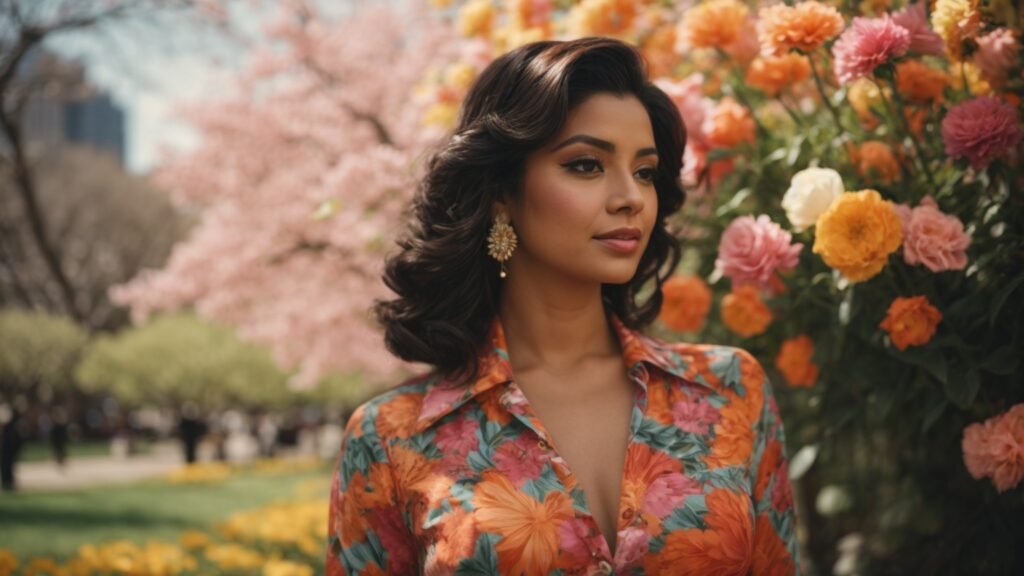
The Psychology of 60s Colors
Colors aren’t just for visual appeal; they also have a psychological impact. Bright hues often evoke feelings of happiness and excitement, while more subdued shades can create a sense of calm and serenity. The 60s were a decade of extreme emotions, from the joy and hope of the Summer of Love to the despair and anger evoked by political assassinations and war. It’s no wonder then that the colors of the era were just as intense and varied as the emotions they represented.
How Colors Affect Mood
Wearing bright, bold colors can actually lift your spirits and boost your confidence. The vivid pinks and yellows commonly seen in 60s fashion could almost serve as a form of color therapy. If you’re feeling down or uninspired, consider adding a splash of psychedelic color to your outfit.
Colors and Personality Types
Different colors can also say a lot about your personality. If you’re drawn to the radiant oranges and hot pinks that were popular in the 60s, you might have a vivacious and outgoing personality. On the other hand, if you prefer earth tones or pastels, you might be more reserved and introspective.
The Cultural Significance of Colors
Colors carry cultural connotations as well. For example, red is often associated with love and passion in Western cultures, while it represents good luck in many Asian cultures. The 60s, being a melting pot of cultural influences, embraced a broad spectrum of colors, each with its unique set of meanings and implications.
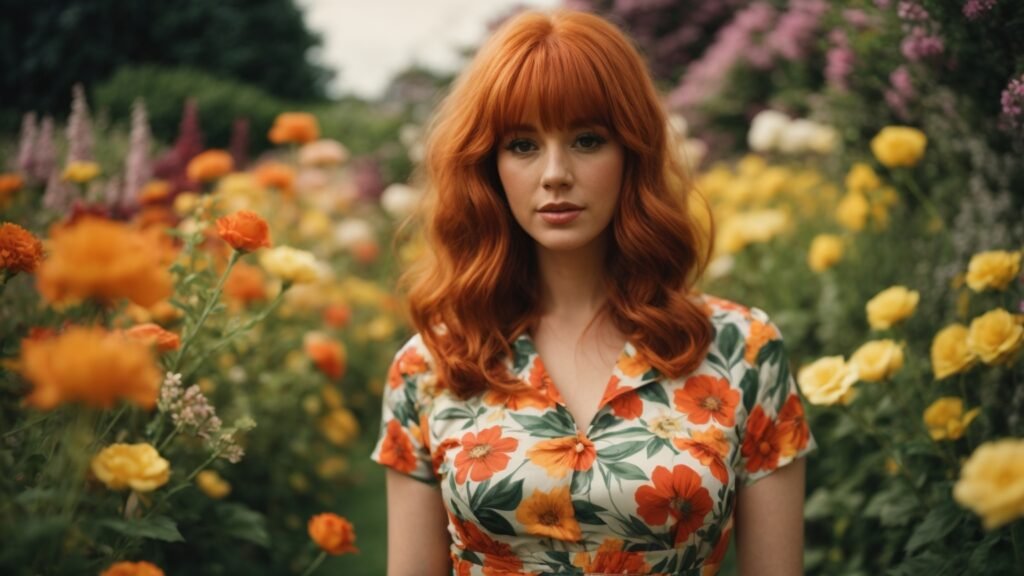
Modern Wardrobe with 60s Colors
Ready to bring the magic of the 60s into your current wardrobe? Here’s how you can do it without looking like you stepped out of a time machine.
- Incorporate statement pieces with 60s colors
- Use accessories like scarves and bags to add a pop of color
- Experiment with color-blocking techniques
- Opt for 60s-inspired prints and patterns
- Choose footwear that complements your outfit’s color scheme
- Consider the season when selecting colors
- Pair bright colors with neutral tones for balance
- Add colorful outerwear like jackets or coats
- Try out monochromatic looks with 60s hues
- Use makeup to complete your 60s-inspired look
Dressing for Occ
asions with 60s Hues
Whether it’s a formal event, a casual day out, or a special occasion, there’s a way to incorporate the psychedelic colors of the 60s into your outfit. Here are some pointers for different scenarios:
- Formal Events: Opt for darker shades like deep purples or blues, combined with metallic accessories.
- Casual Outings: Think tie-dye t-shirts, colorful skirts, and bold accessories.
- Festivals: Go all out with multi-colored, bohemian-style outfits.
- Business Settings: Incorporate subtle pops of 60s color through accessories or statement pieces paired with more conservative clothing.
- Seasonal Parties: Adjust your color choices based on the season. For example, earth tones for fall or bright pinks and blues for summer.
The Intersection of Music and 60s Colors
Ah, the power of music—no discussion of the 60s would be complete without touching upon its influential soundtracks. The music of the era, ranging from rock ‘n’ roll to folk to soul, had a significant impact on fashion, including the popular colors of the time.
The Beatles and Mod Fashion
Who could forget the iconic British invasion that saw bands like The Beatles rise to global fame? Their influence extended beyond music, impacting fashion significantly. Mod fashion was characterized by geometric patterns and bright colors like red, yellow, and blue.
Woodstock and Bohemian Rhapsody
Woodstock, the festival of peace and music, also had its own color palette—think earthy tones like olive green and brown, mixed with pops of tie-dye color. This music festival was the epitome of bohemian fashion, where the colors expressed freedom, unity, and a connection with nature.
The Influence of Soul and R&B
Soul and R&B music promoted a more elegant, dressed-up style, which included sophisticated color palettes. Think deeper shades like maroon, emerald green, and navy blue often seen in velvet or satin fabrics. The choice of colors in this genre often exuded an air of luxury and sophistication, with the music and fashion being deeply interlinked.

60s Color Trends in Contemporary Runway Fashion
Believe it or not, the reverberations of the 60s color explosion can still be felt on today’s fashion runways. Designers often look back to this vibrant era for inspiration, using modern techniques to recreate or reimagine the magic of the 60s.
High Fashion Meets Vintage
Many high-fashion designers have collections that clearly pay homage to the 60s, from the psychedelic prints to the bold color choices. It’s as if each garment is a nod to the revolutionary spirit that defined the decade.
Everyday Runway
Not just limited to couture, 60s colors are making a big splash in ready-to-wear collections as well. This shows that you don’t have to break the bank to incorporate these iconic hues into your daily life. Whether it’s a basic tee or an everyday dress, the options are endless.
Celebrity Influence
It’s also worth noting the impact celebrities have on resurrecting these colors. When a celebrity steps out in a 60s-inspired outfit, it immediately brings those colors back into the mainstream, influencing everyday fashion choices and even inspiring new designer collections.
DIY Projects: Adding 60s Flair to Your Life
If you’re the creative type, why not take matters into your own hands? There are numerous ways you can DIY your way into a 60s-inspired life, from your clothes to your home décor.
DIY Tie-Dye
One of the most fun and straightforward projects is making your own tie-dye shirts. All you need is a plain white tee, some fabric dye in your favorite 60s colors, and rubber bands. The process is not only easy but also incredibly satisfying.
Hand-Painted Accessories
If you’ve got some plain accessories lying around, like a bag or a pair of shoes, why not give them a 60s makeover? Pick up some paint in bright, vivid colors and let your imagination run wild.
Home Décor
Your home can also be a canvas for your 60s color dreams. Whether it’s adding some vibrant throw pillows or painting a feature wall in a striking shade, the possibilities are endless. Take inspiration from 60s color palettes to create a home environment that’s both retro and contemporary.
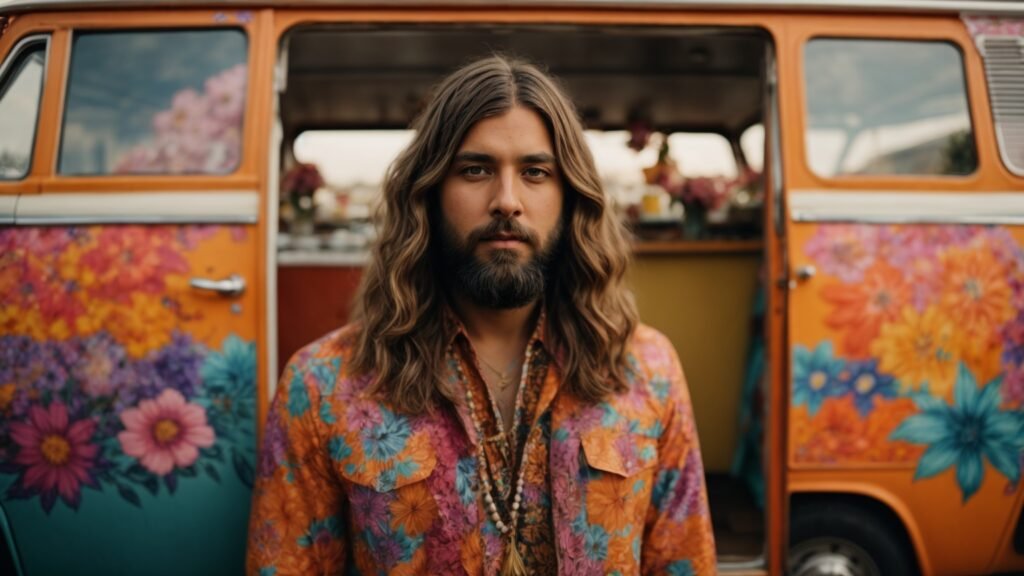
Conclusion: Your Guide to Embarking on a Colorful Journey
By now, you’ve learned a lot about the role that colors played in the 1960s, from its influence on social movements to its continued impact on fashion today. The colors of the 60s serve as a vivid reminder of a bygone era, filled with cultural shifts and revolutionary changes that still resonate with us. The palette of the 60s was not just a trend; it was an expression of the zeitgeist, capturing the emotions, ideologies, and aspirations of a generation.
Adding a touch of 60s flair to your life doesn’t mean you have to go all out and transform your entire wardrobe or home. Instead, it’s about incorporating elements of that vibrant era into your modern lifestyle. Whether you opt for a tie-dye shirt, a mod-inspired dress, or a dash of psychedelic color in your home, it’s all about making those colors work for you.
Remember, the 60s were a time of experimentation and self-expression. In the same spirit, don’t be afraid to experiment with colors and styles that resonate with you. After all, fashion should be fun, expressive, and, most importantly, a reflection of who you are.
So go ahead, break some rules, make some waves, and let your colors burst in the most dazzling display of individuality. Your journey into the psychedelic colors of the 60s is only just beginning, and what a colorful adventure it promises to be!
Summary Table
| Section | Key Points |
|---|---|
| Color Wheel of the 60s | Evolution of bright and psychedelic colors reflecting social movements of the decade. |
| The Art of Mixing Colors | Understanding basic color theory and its application in fashion. |
| 60s Colors and Social Movements | How colors served as symbols or backdrops for significant cultural shifts. |
| Timeless Hues | Colors from the 60s that have remained popular over the decades. |
| Fast Fashion vs. Vintage | The environmental impact and authenticity of choosing vintage over fast fashion. |
| Nostalgia and Its Influence | How the resurgence of 60s designs impacts current fashion trends. |
| The Psychology of 60s Colors | How colors evoke emotions and reflect personalities. |
| Modern Wardrobe with 60s Colors | Tips for incorporating 60s colors into contemporary fashion. |
| Dressing for Occasions with 60s Hues | How to include 60s colors in outfits for different events and scenarios. |
| The Intersection of Music and 60s Colors | The influence of popular music on the adoption and perpetuation of 60s colors. |
| 60s Color Trends in Contemporary Runway Fashion | How 60s colors have made a comeback in modern high-fashion settings. |
| DIY Projects: Adding 60s Flair to Your Life | Creative projects to bring the colorful essence of the 60s into your lifestyle. |
Frequently Asked Questions
1. What are the key colors that defined the 60s?
Vivid pinks, purples, and oranges along with psychedelic patterns were especially prominent during the 60s.
2. How can I incorporate 60s colors into my modern wardrobe?
You can use statement pieces, accessories, and even footwear to bring a touch of 60s color to your contemporary style.
3. Are 60s colors relevant in today’s fashion?
Absolutely, the resurgence of 60s designs and colors in mainstream fashion demonstrates their enduring appeal.
4. What is the psychological impact of wearing bright, 60s colors?
Bright colors like pinks and yellows can boost your mood and increase your confidence.
5. How did social movements influence the colors of the 60s?
Colors often served as symbols or backdrops for various cultural shifts, from civil rights to anti-war protests.
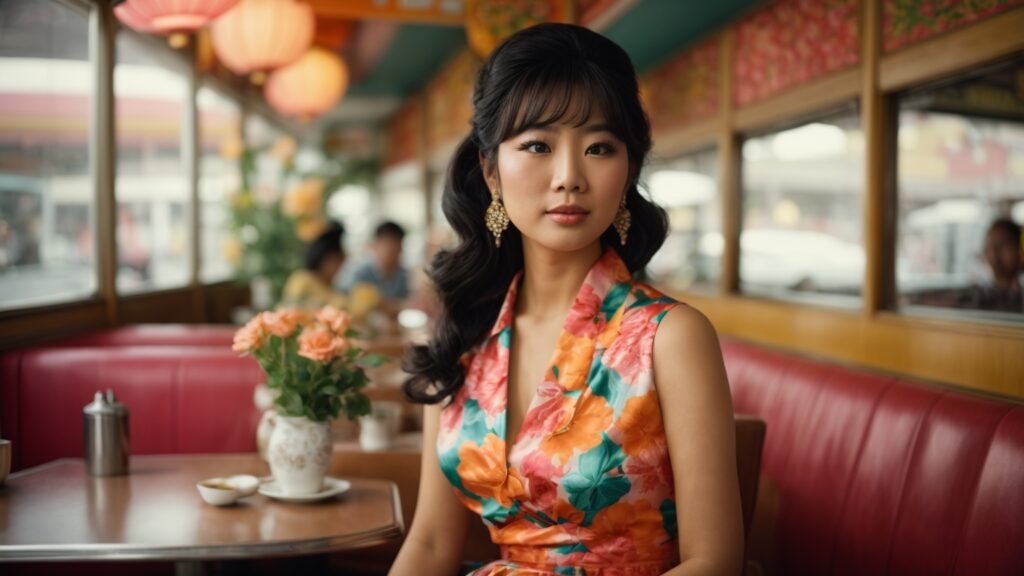
6. What is the relationship between 60s colors and music?
Popular music genres like rock and folk had a significant influence on the adoption and perpetuation of 60s colors.
7. Are 60s colors making a comeback in high-fashion?
Yes, 60s color trends are increasingly visible in contemporary runway fashion, proving their timeless appeal.
8. How can I add 60s flair to my life through DIY projects?
Consider upcycling old furniture with 60s-inspired paint or creating your own tie-dye clothing.
9. What are some tips for dressing in 60s hues for different occasions?
For formal events, opt for darker shades like deep purples or blues, while casual outings call for bolder, more vivid colors.
10. Is vintage shopping a good way to authentically incorporate 60s colors?
Yes, not only is vintage shopping more authentic, but it’s also an eco-friendly alternative to fast fashion.
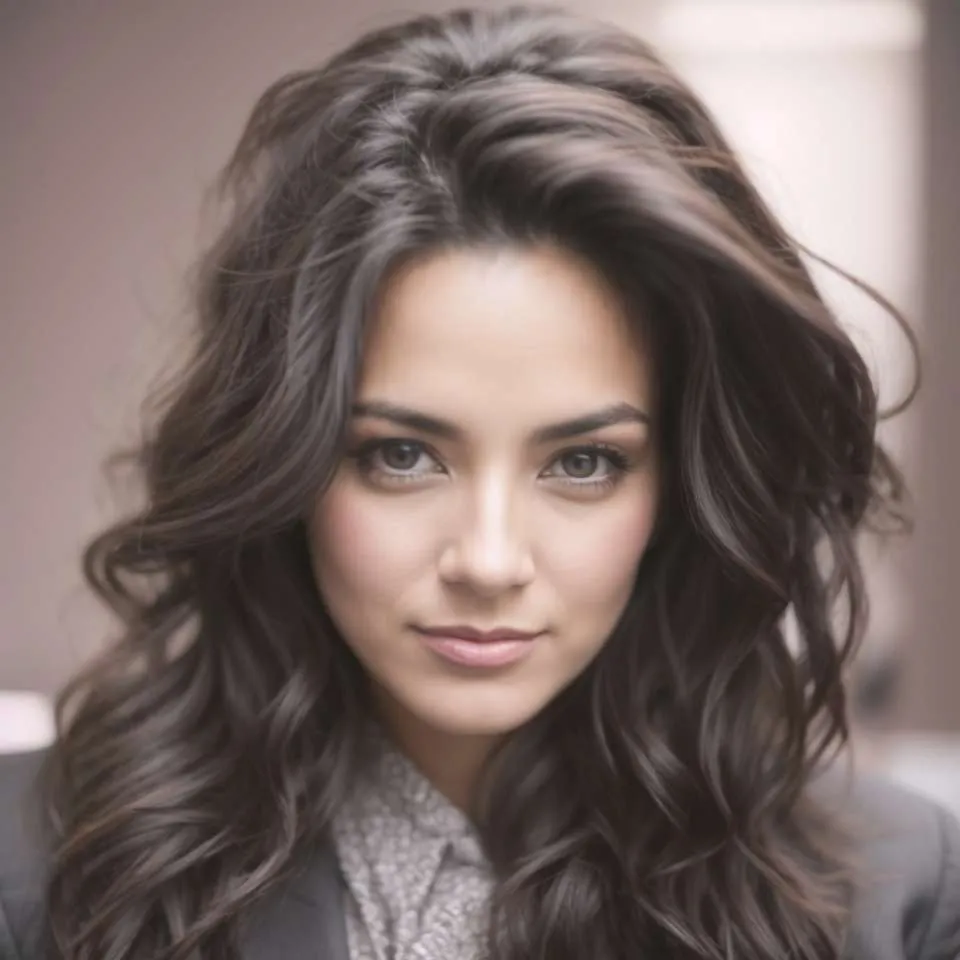
Gabrielle J. Smith is the pulsating essence that brings life to the world of fashion and color. With an innate talent for understanding the nuances of hues, she has the uncanny ability to paint narratives with her words, diving deep into the realm of color trends and the art of harmonizing them. Not just an expert in the field, Gabrielle also plays a pivotal role in strengthening the cohesion of our team, ensuring growth and harmony. Each of her articles is a testament to her passion, weaving captivating tales that resonate with readers and fashion aficionados alike.
Reviewed By: Joanna Perez and Anna West
Edited By: Lenny Terra
Fact Checked By: Matthew Mansour
Photos Taken or Curated By: Matthew Mansour
